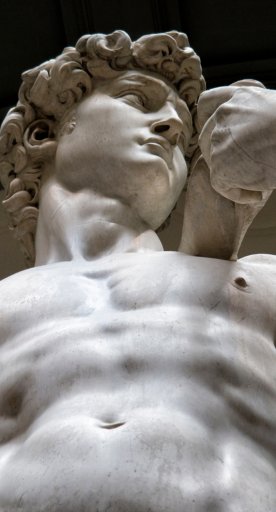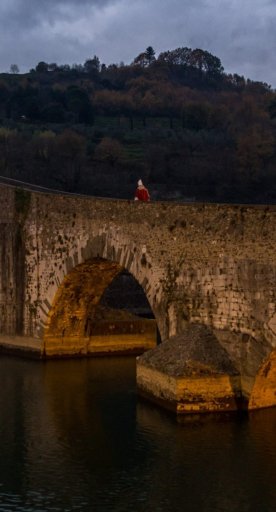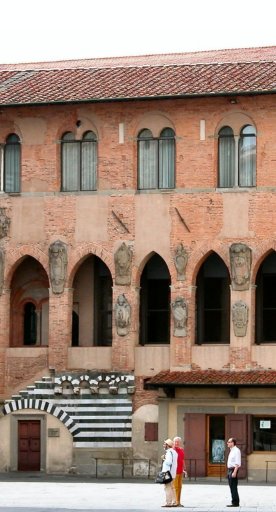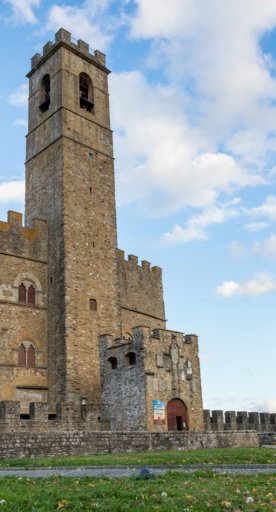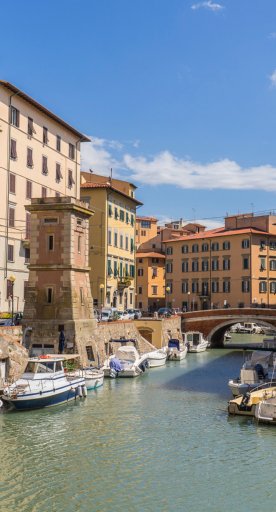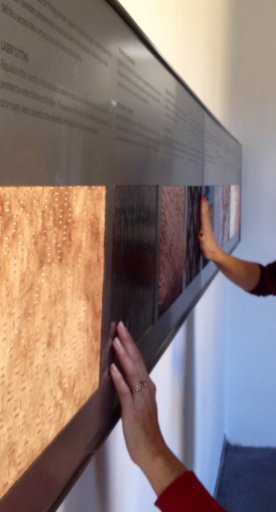

Ancient, simple, elegant: these are the parish churches
Small guide to the discovery of 10 parish churches in the Florentine Area
Scouring the countryside around Florence you often happen to come across an isolated church, simple in style, often Romanesque: it is a parish church. In the past a true religious and administrative "center" of its territory, the parish church performed functions similar to today's register office or notary's office, going far beyond its significance as a hub for things of the spirit for local communities.
Today that these functions are carried out by others, parish churches still surprise us with the purity of their architectural lines, the masterpieces they often hold inside, and the manner, at once harmonious and elegant, with which they are inserted into their surroundings.
So here is a selection of 10 parish churches in the Florentine Area: let yourself be amazed by the beauty!
-
1.Pieve di Sant’Elena in Rincine
-
2.Pieve di Cascia
-
3.Pieve di San Romolo in Gaville
-
4.Pieve di San Giovanni Battista in Remole
-
5.Pieve di San Donnino in Villamagna
-
6.Pieve di Sant'Alessandro in Giogoli
-
7.Pieve di San Lorenzo in Signa
-
8.Pieve di San Donato in Calenzano
-
9.Pieve di Sant’Andrea in Cercina
-
10.Pieve di Santo Stefano in Pane
Pieve di Sant’Elena in Rincine
The name of this parish church in the vicinity of Londa, in the hamlet of Rincine, is even traced back to the mother of Constantine, that Saint Helen who is said to have stayed in this area.
Mentioned as early as the 13th century, this country church has a simple gabled façade; inside, a single nave, and the surprise of a precious work, a Madonna and Child and four saints, a glazed terracotta by Benedetto Buglioni.
Pieve di Cascia

The parish church of Saints Peter and Paul, in the village of Cascia a few kilometers from Reggello, still surprises with its beauty, which dates back to the 12th century. Elegant and harmonious, embellished with a loggia on the façade and charming inside, it is also worth a visit for the adjacent Museo Masaccio d’Arte Sacra (Masaccio Museum of Sacred Art), where the Trittico di San Giovenale (Triptych of Saint Juvenal), a panel painting by Masaccio, indeed the great Renaissance painter's first work, is kept: in fact, it is dated 23 April 1422.
Pieve di San Romolo in Gaville

Nestled amid olive trees is the parish church of San Romolo in Gaville, in the municipality of Figline and Incisa Valdarno. The building, erected around the year 1000, has incorporated a watchtower as a bell tower. It is a simple, sandstone building with three naves. Inside are some valuable 15th-century paintings. Next to the church, in some adjoining buildings, the Museo della Civiltà Contadina (Museum of Peasant Culture) can be visited.
Pieve di San Giovanni Battista in Remole

Squeezed between the Arno and State Road 67, in the center of le Sieci, in the municipality of Pontassieve, is the parish church of St. John the Baptist in Remole. Of very ancient origin and enlarged in 1100, the church has a simple and elegant structure, over which stands the bell tower, slender and consisting of 6 floors of single and double lancet windows.
There are several notable paintings inside, including the Madonna Enthroned with Child, angels, St. John the Baptist, and a holy bishop by Corso di Buono from the second half of the 13th century.
Pieve di San Donnino in Villamagna

The parish church of San Donnino surprises us when we arrive at the small village of Villamagna, which has developed over the centuries around the splendid building, one of three parish churches in the Ripoli area - we are in fact in the municipality of Bagno a Ripoli.
Typically Romanesque in form, the interior features frescoes, the most important of which is the panel with Madonna enthroned and saints, attributed to David Ghirlandaio.
Pieve di Sant'Alessandro in Giogoli

Along the Via Volterrana, in the hills of Scandicci, nestled in an idyllic natural setting stands the parish church of Sant'Alessandro a Giogoli. While externally the church has a typical Romanesque appearance, different styles can be detected inside, following renovations over the centuries.
Pieve di San Lorenzo in Signa

Now completely incorporated into the fabric of the city, the parish church of San Lorenzo in Signa is of very ancient origin and a very unique building, both in terms of its shape and the many layers of time it has. Inside are Lombard tombs, 13th-century, 14th-century and Renaissance frescoes. Also in the church is a wooden case that held the remains of the Beata Giovanna (Blessed Joan), revered in Signa, who now rests elsewhere.
Pieve di San Donato in Calenzano

Dominating the Valmarina and overlooking the Calvana and the plain, the parish church of San Donato in Calenzano stands out. The facade we see today is Baroque in style, but its foundation dates back to before the year 1000.
Why should we go up here? A young Don Lorenzo Milani was chaplain in this church from 1947 to 1954; in this environment the popular school reserved for workers and the weaker sections of the population was set up.
Pieve di Sant’Andrea in Cercina

The locality of Cercina consists of a small group of buildings on a hillside in the municipality of Sesto Fiorentino. In a beautiful setting, the elegant Pieve di sant'Andrea, dating from the 8th century, catalyzes attention.
Its austere Romanesque appearance is embellished by a portico, added in the 16th century. Inside are some noteworthy works such as Saint Barbara and other saints by Domenico del Ghirlandaio. In addition, there is an image of the Madonna revered over the centuries as miraculous.
Pieve di Santo Stefano in Pane

In our itinerary from one parish church to the other we gradually moved closer to Florence. Here there are would be many churches to mention, we choose Santo Stefano in Pane also to show how the town has expanded pushing into areas that were once countryside.
The parish church in question, now incorporated into the popular Rifredi neighborhood, is of early Christian origin and is located on the road heading toward Sesto Fiorentino.
The crypt is the oldest part; inside we find several important works.
For many years Father Giulio Facibeni, founder of Madonnina del Grappa (institute of charity) and a leading figure in the postwar Florentine church, worked in this church.











